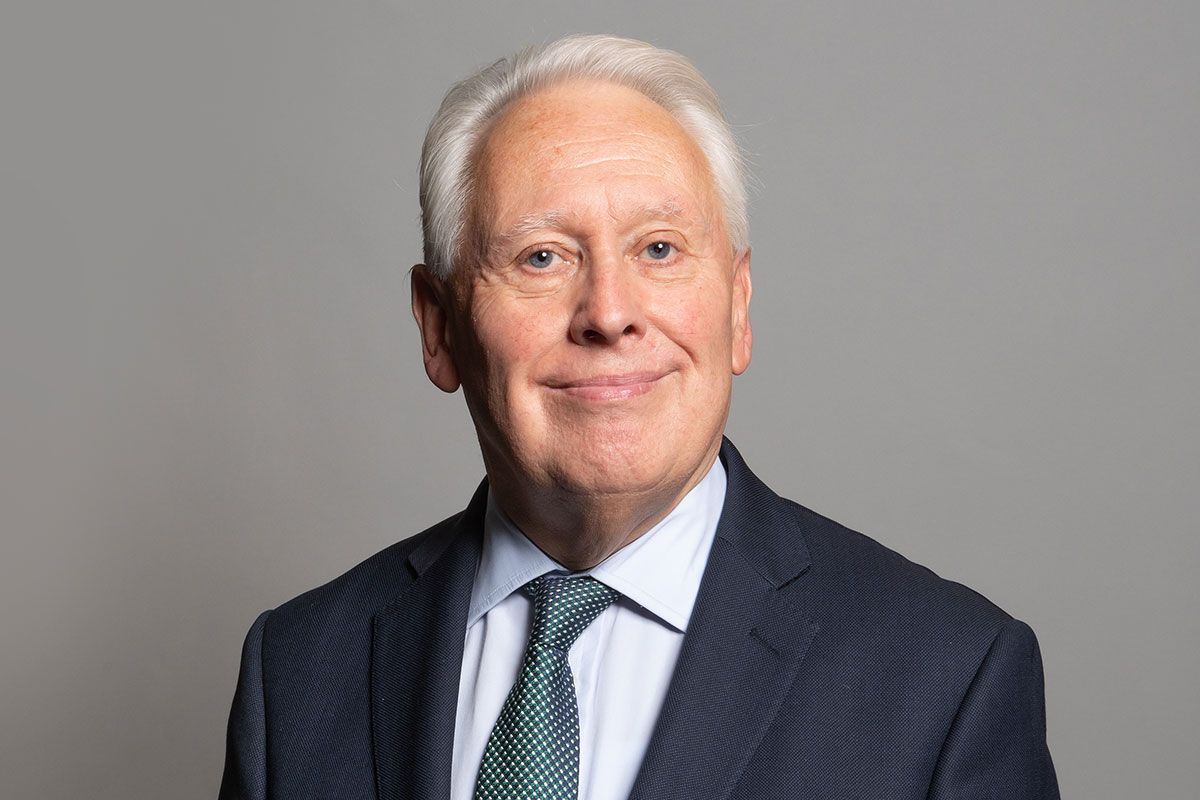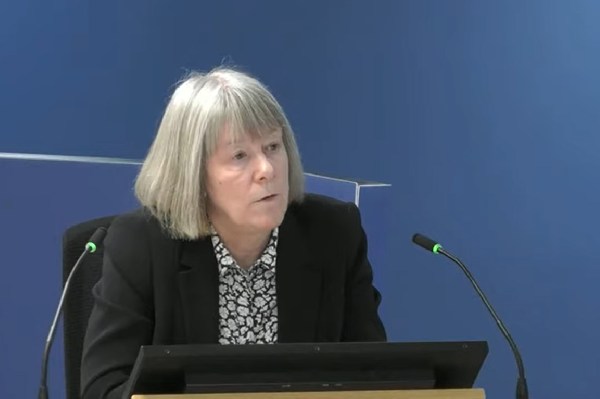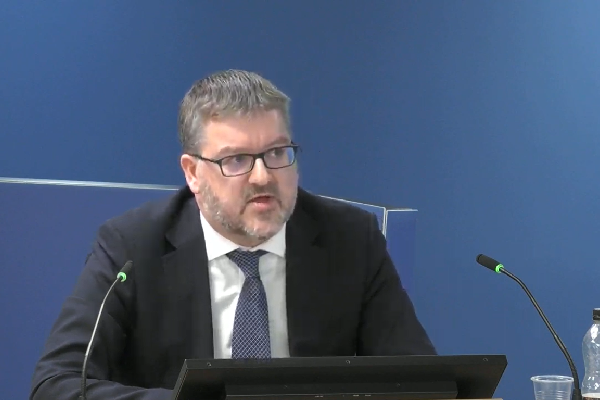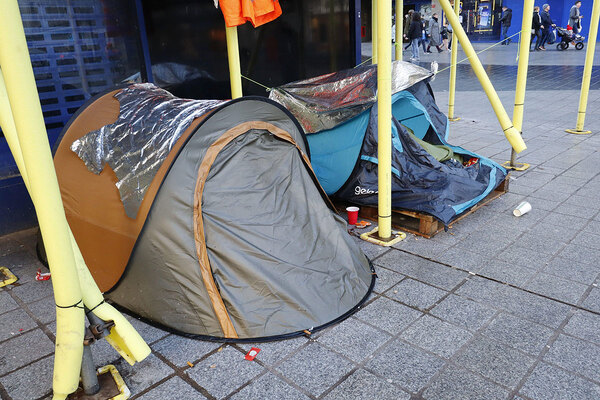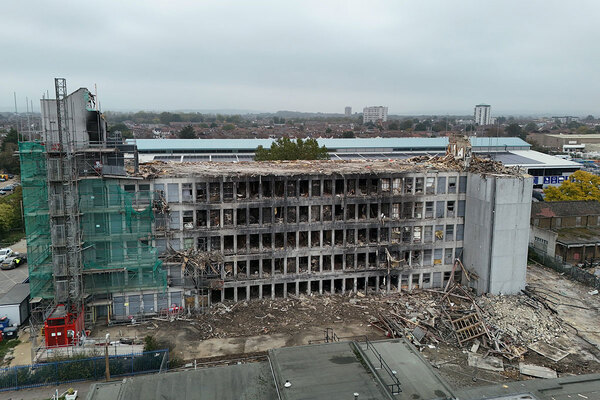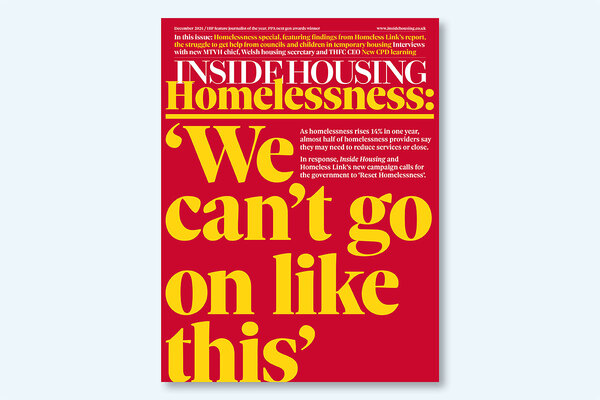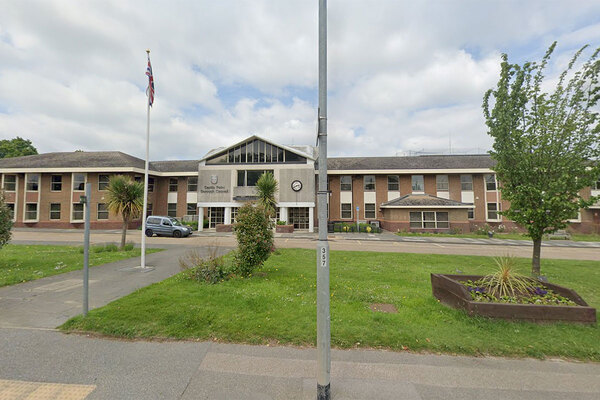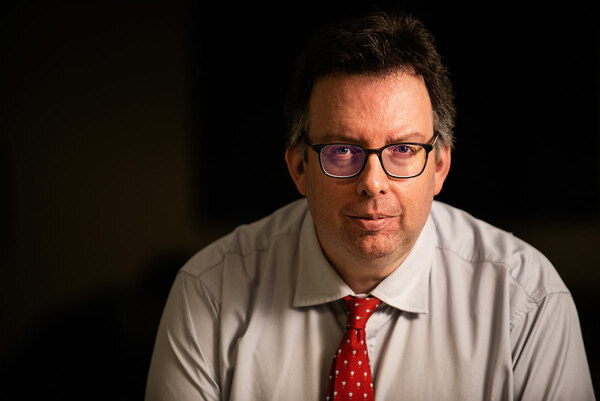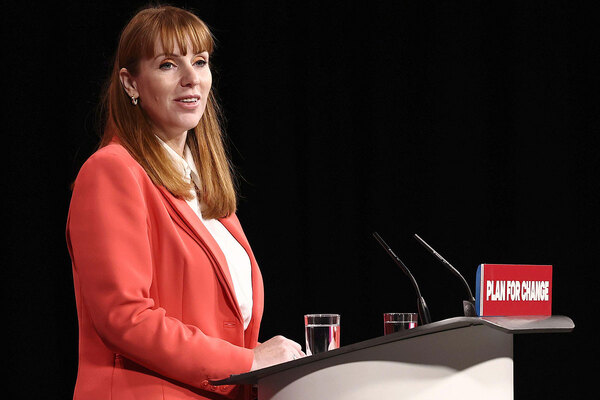Fire minister warned of ‘significant reputational harm’ to government from deregulation in 2011
The fire minister warned the Cabinet Office in 2011 that treating fire safety issues as ‘red tape’ that needed to be cut risked “significant reputational harm” for the government, a letter released today by the Grenfell Tower Inquiry revealed.
Bob Neill, the Conservative minister then responsible for fire safety, wrote to Oliver Letwin in June 2011 calling for fire safety to be exempt from the new drive to remove regulation, the letter shows.
At the time, Mr Letwin was leading the Cabinet Office’s so-called ‘Red Tape Challenge’, aimed at stimulating economic growth by removing restrictions on business.
Mr Neill wrote that the Department for Communities and Local Government (DCLG) – then responsible for fire policy – had been identified as “the most deregulating department” but had “been reflecting on the appropriateness of the inclusion of fire safety regulations in the Red Tape Challenge”.
“We are concerned that the underlying presumption that fire safety is ‘Red Tape’ and should be removed, reduced or revoked. This is likely to inflict significant reputational harm on the government,” he wrote.
He added that the second anniversary of the Lakanal House fire, which killed six people in July 2009, was only weeks away, saying: “Given this is a sensitive issue in London, one could easily see how such a red tape review would lead to negative coverage in papers like the Evening Standard.”
A response from Mr Letwin – if it was given – was not shown by the inquiry, and he is not listed to give oral evidence.
His efforts to cut red tape came amid then-prime minister David Cameron’s stated aim to “kill health and safety culture” and was followed by the introduction of a “one in, two out” rule in January 2012.
This meant civil servants were required to run a cost analysis of any regulations they were planning to introduce, and remove twice as much cost impact from affected industries by deleting existing rules.
Asked about this today, Anthony Burd, head of technical policy in the building regulations and standards division at DCLG until 2013, said that the pressure to remove regulations built after the coalition government came to power in 2010 and “introduced a raft of policies aimed at stimulating the UK economy”, which “manifested as an intention to cut through red tape”.
He recalled attending a meeting in September 2010 where he was told new regulation must be “a last resort”.
“Did you at any time yourself consider how these policy constraints might affect how you were able to carry out your role?” asked counsel to the inquiry Richard Millett QC.
“Yes,” replied Mr Burd. “We also were seeing quite a significant reduction in headcount… And so we found ourselves spending an inordinate amount of time looking at how we could deregulate and undertake other activities supporting deregulation, which meant we couldn’t necessarily, with the resources we had, focus in on the job at hand.”
He confirmed that Approved Document B – official building regulations guidance on fire safety – was impacted by the ‘one in, two out’ rule, despite legally being regarded as guidance rather than regulation.
He said the government was particularly keen to reduce “cost burdens” on house builders. “So there was an effective moratorium controlling what further regulations you could bring forward,” he said.
The inquiry heard in opening statements for this module that the government adopted this position despite advice that it breached the duty of the state to protect life enshrined in the Human Rights Act, which lawyers for bereaved and survivors called “chilling”.
They said the Grenfell Tower fire and the building safety crisis, which has emerged since, came about in part because of the state’s “unbridled passion for deregulation”.
Mr Burd was also asked about the government’s response to the Lakanal House fire from 2009 onwards.
This blaze spread through combustible panels fixed to the outside of the building, but failed to prompt the government to tighten restrictions on such materials before the Grenfell Tower blaze eight years later.
The inquiry has already heard that a government-funded investigation by the Building Research Establishment (BRE) into the blaze was “shut down” just weeks after the fire when it was still in its infancy.
Today, it revealed that on 15 December 2009 Mr Burd and colleagues in the department were notified that the police investigation had “indicated that panels beneath the windows of the Lakanal House flats were demonstrated to propagate flame”.
Mr Burd responded by writing: “I suggest we need to be very careful here. Clearly we need to understand what happened… but we don’t want to set any hares running.”
“What did you mean by that?” asked Mr Millett.
“I think it was just saying we need to do it properly. We just need to have the full gamut of the evidence… It was just to gather all the information first,” he said.
“But you weren’t going to be gathering all the information first, because you put a stop to the BRE’s investigations earlier in the year,” said Mr Millett.
Mr Burd explained that the London Fire Brigade and the Metropolitan Police investigations were under way and said that he wanted to ensure that the department had “all the pertinent information” before acting.
The email chain reveals that Brian Martin, the civil servant responsible for Approved Document B, responded to Mr Burd by writing: “I’m not concerned about this. The pictures of the elevation at Lakanal House don’t suggest to me that the spandrels were particularly significant. It’s nothing like Irvine [where a fire at a block called Garnock Court had occurred in 1999, killing one person].”
“Now, when you received that email, did you unquestioningly accept his suggestion that the cladding or the external panels at Lakanal House were ‘nothing like Irvine’?” asked Mr Millett.
“I don’t know what I thought. For me, I would consider all the relevant evidence when we had it,” replied Mr Burd.
The coroner investigating the Lakanal House fire ultimately advised the government to review Approved Document B with particular regard to external fire spread, but this review was not completed before the Grenfell Tower blaze.
Earlier, Mr Burd had given important evidence on his interpretation of passages in Approved Document B restricting the use of combustible materials.
Some figures have claimed since the Grenfell Tower fire that all external materials on high rises were required to meet the tough fire standard of ‘limited combustibility’ after revisions introduced in 2006.
But today, Mr Burd accepted that was not the government’s intention and in fact a draft version that would have had this effect was rejected because it would have excluded too many popular building materials.
“When this [the redrafted Approved Document B] was eventually published… was it the government’s intention to require all significant elements of the external wall build-up over 18 metres to be of limited combustibility?” asked Mr Millett.
“Not always, no,” replied Mr Burd. “The words given here [in the first draft] would capture an awful lot of materials. And that would have been enough to raise concerns that that is not the intention to do that.”
The new document was redrafted in 2006 to include the term ‘filler materials’ in a passage requiring insulation materials to be of limited combustibility.
The meaning of this phrase has been hotly contested since the Grenfell Tower fire, with the government insisting that it was intended to cover the core of an aluminium composite material (ACM) panel like the one used on Grenfell Tower.
Today, Mr Burd insisted this was the intention of the passage, despite the fact that ACM panels are not used as insulation and that no consultation had been carried out to determine the meaning of the word ‘filler’ in the wider industry.
“Why do it that way? Why not say ‘all composite rainscreen panels must be composed throughout materials of limited combustibility’? That would have solved it,” asked Mr Millett.
“In hindsight, sat here, I can see how it looks that way, yes,” said Mr Burd.
“What I’m interested in is how you got yourself into such a muddle over this,” asked Mr Millett. “Why not just say what you meant, rather than slowly letting this gather confusion and letting it end up in a section that on its face appears to be devoted to insulation?”
“I can only speak as to the intention behind what we proposed from that discussion of what we envisaged filler would be and it was to be what I’ve just described,” said Mr Burd.
The inquiry continues with evidence from another former civil servant, Bob Ledsome, tomorrow.
Sign up for our weekly Grenfell Inquiry newsletter
Each week we send out a newsletter rounding up the key news from the Grenfell Inquiry, along with the headlines from the week
Already have an account? Click here to manage your newsletters
